We all know there are skincare and beauty ingredients that we should always be looking for when stocking up on new goodies, but the truth is, there are far more crucial ingredients in our skincare we should be trying to avoid. When it comes to slathering on your favourite skincare products, you may not be aware that there are hundreds, sometimes even thousands, of chemicals in your skincare products, which end up getting absorbed into your body. While it truly is impossible to avoid making contact with every single chemical, you can make the conscious effort to limit the number of toxins you expose your body to.
even though you may feel like you can trust the brands you use and rely on, the beauty industry is highly unregulated.
According to the federal government, all cosmetics sold in Canada must be safe to use, must not pose any health risk, and they must meet the requirements of the Food and Drugs Act and the Cosmetic Regulations. Yet despite this, there are still countless products that make it onto store shelves and are filled with harmful ingredients. Some of the most commonly used synthetic chemicals are skin irritants, skin penetrators, endocrine disrupters, and are even carcinogenic, which over time, can pose big health risks.
To make your life easier the next time you go stock up on beauty and skincare products, we’ve put together a list of 8 of the most common ingredients you should try your best to avoid.
Parabens
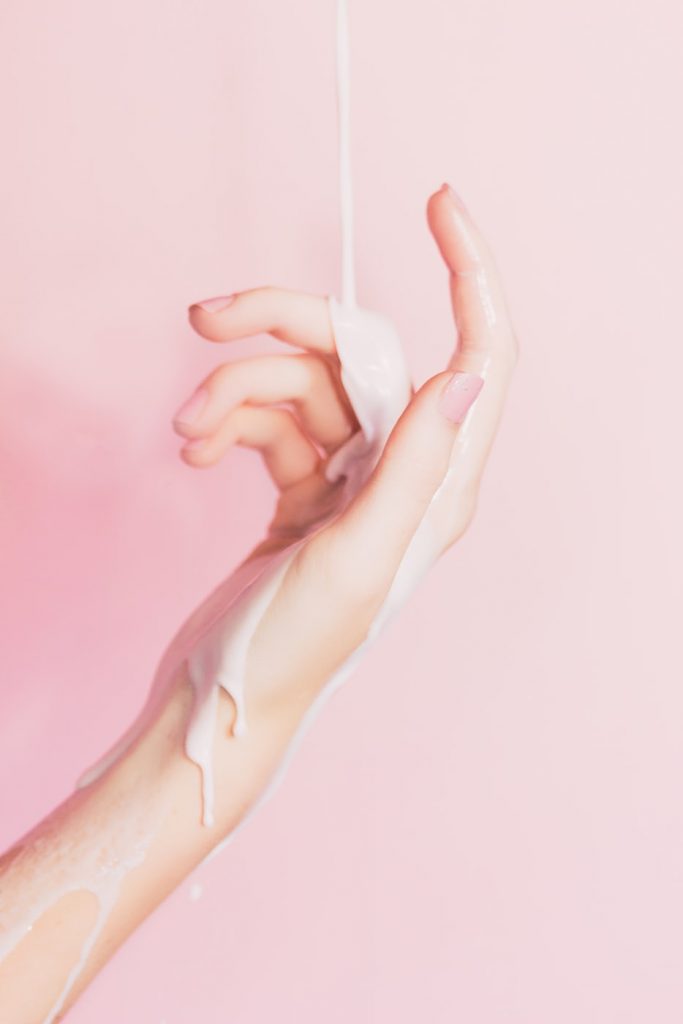
Parabens are synthetic chemicals that are used as preservatives in a wide variety of products, including cosmetics and food. They are a whole family of chemicals that you typically can’t even pronounce (methylparaben, propylparaben, butylparaben, and ethylparaben), that help preserve the shelf life of products by preventing the growth of bacteria, mold, and yeast. While this might sound like a good thing, parabens can actually mimic estrogen in the body and disrupt your hormonal balance. They’ve been linked to breast cancer and since they act as a hormone disruptor, they can lead to reproductive and fertility issues.
Most commonly found in: Makeup, body washes, deodorants, shampoos, and facial cleansers
Fragrances/Parfum
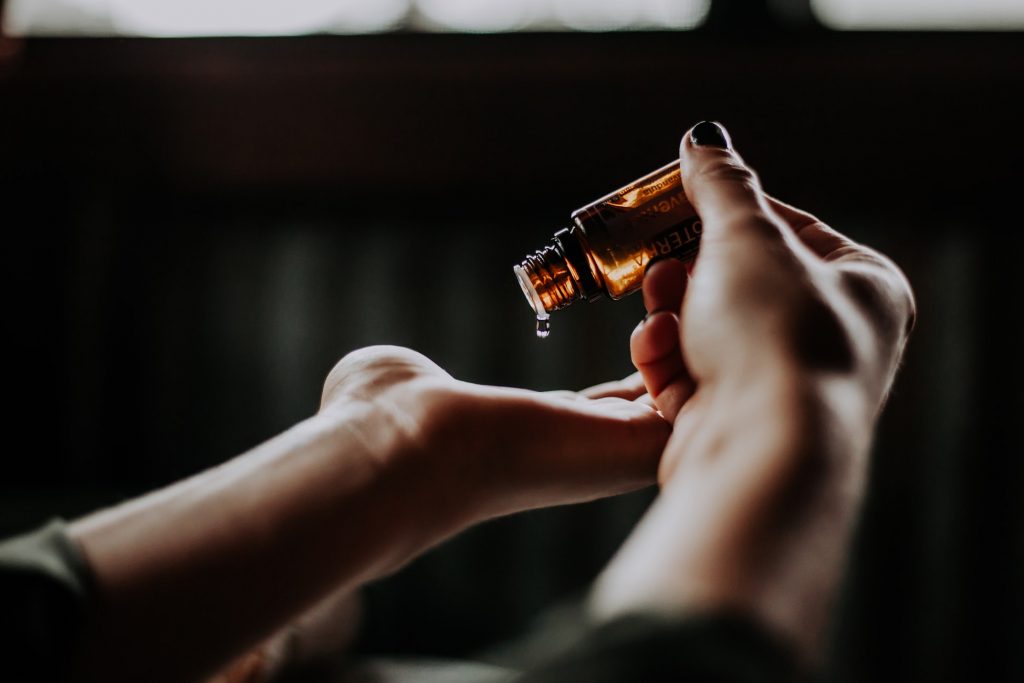
Sure, you might love that your body wash smells like a tropical oasis or that your face wash reminds you of fresh citrus, but harsh fragrances are actually linked to a number of health concerns. Fragrances are considered a trade secret, which means companies don’t actually have to disclose what ingredients make up the fragrance. Often, the ingredients include tons of chemicals that can cause allergies, dermatitis — which includes itchy, dry skin or a rash on swollen, reddened skin, hormone disruption, and even bigger health problems like reproductive issues, according to the Environmental Working Group (EWG) Skin Deep Database.
Most commonly found in: Face cleansers, body washes, body lotions, foundations, and shampoos
Artificial Colours
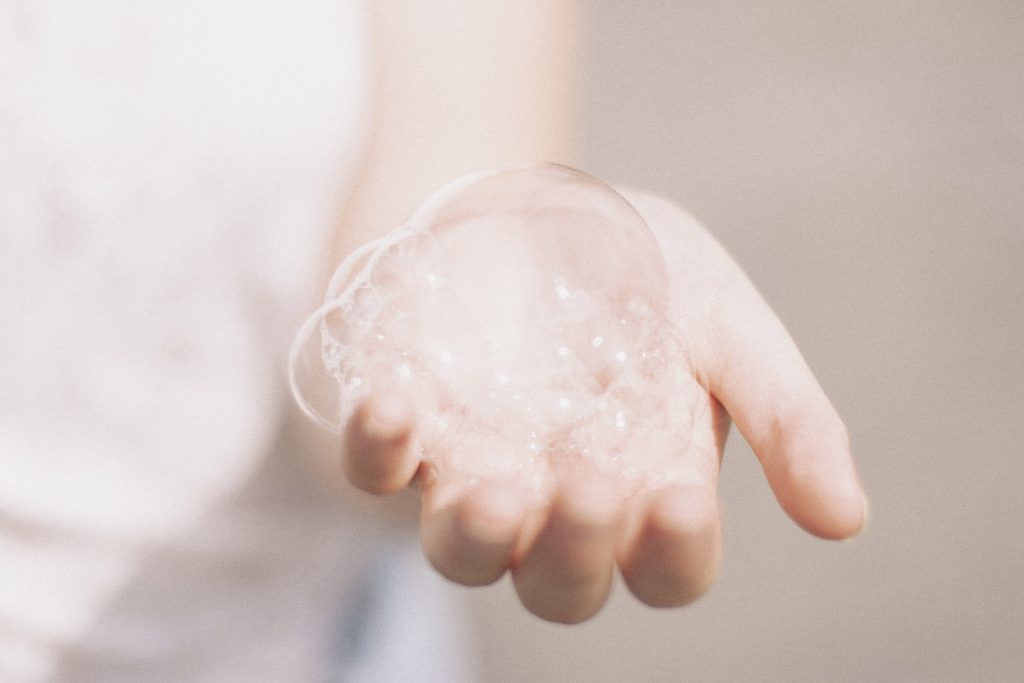
It’s pretty hard to go a day without coming in contact with artificial colours. From food and beverages, to shampoos and moisturizers, artificial colours are everywhere. According to Kadee Botanicals, “artificial colours or dyes are synthetic additives combined to make a single colour. Up to 25 synthetic additives are needed to create one artificial dye. A colour like purple can have up to 50 synthetic chemicals mixed together.”
Many artificial colours are derived from petroleum or coal tar sources and the toxins they leave on your skin can increase your risk of sensitivity and irritation. When these chemicals are absorbed into your body, they can cause even greater damage. They can also block your pores, which leads to a greater risk of acne.
Most commonly found in: Shampoos, soaps, lotions, and cosmetics
Phthalates
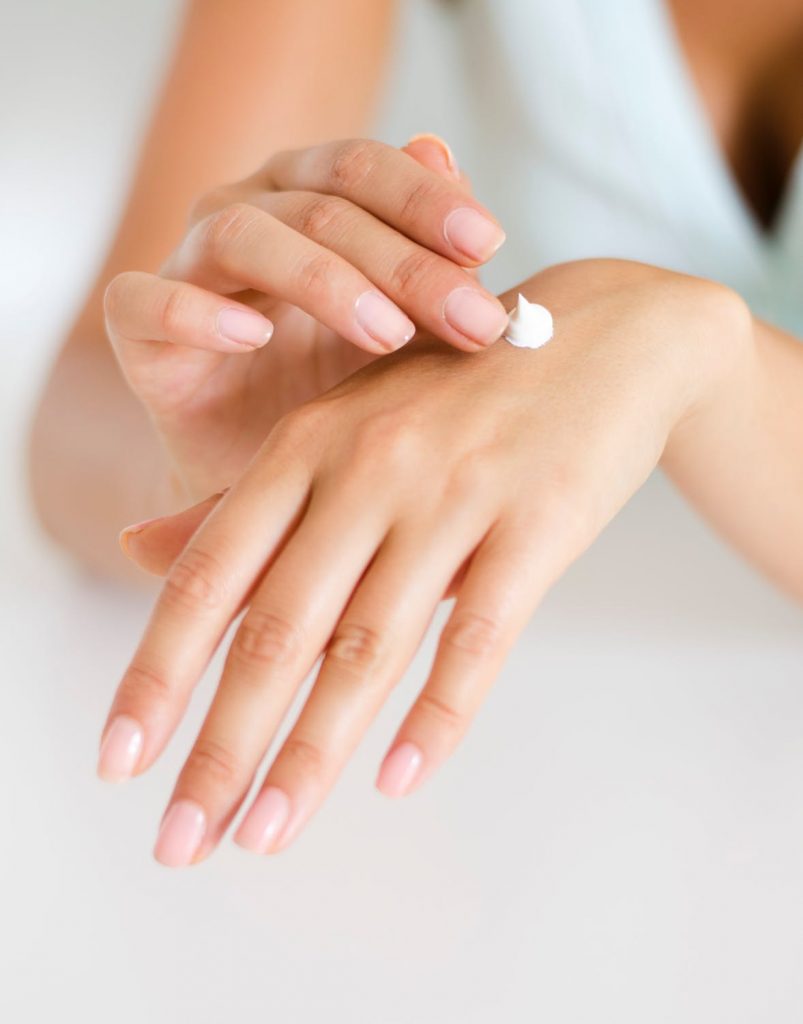
Phthalates are a group of chemicals used in countless skincare products to increase the flexibility and softness of plastics, which helps products stick to the skin. They are known to be endocrine disruptors, cause damage to the liver, kidneys, lungs, and reproductive system, according to Health Care Without Harm. Exposure to phthalates is especially concerning for young infants who are most vulnerable to harm.
Most commonly found in: Nail polish, shampoos, perfumes, lotions, and hair spray
Sodium Lauryl Sulfate (SLS)/Sodium Laureth Sulfate (SLES)
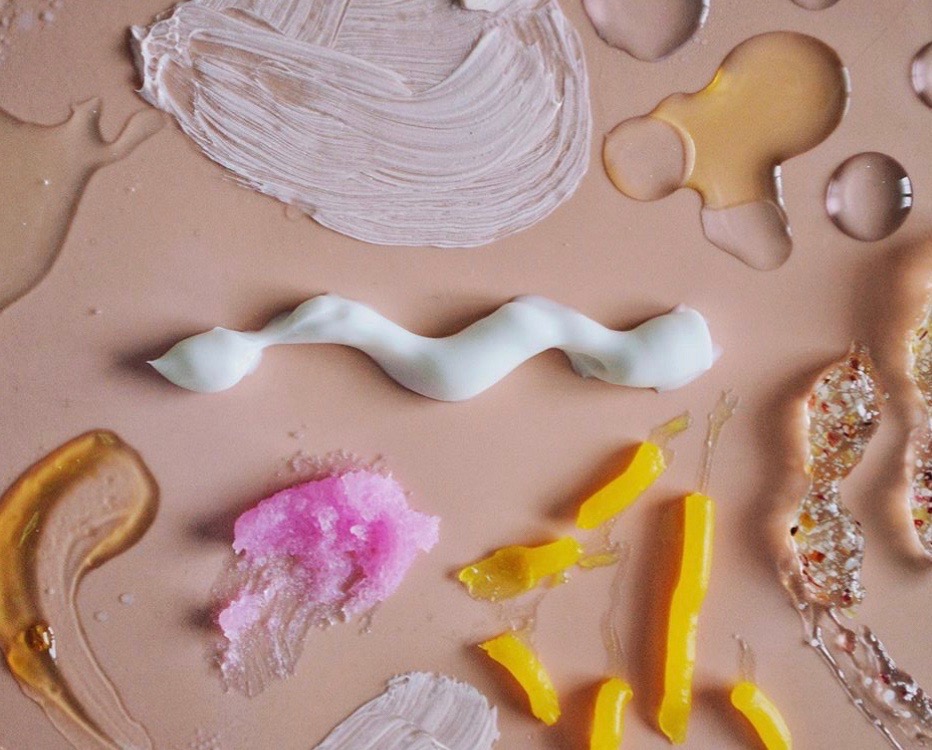
These surfactants are used in cosmetics, personal care, and cleansing products as a detergent and also to make products bubble and foam, according to the David Suzuki Foundation. They can cause skin irritations, trigger allergies, and even eye irritations.
Most commonly found in: Shampoos, body wash, facial cleansers, bubble bath and household cleaning products, like dish soap.
Formaldehyde
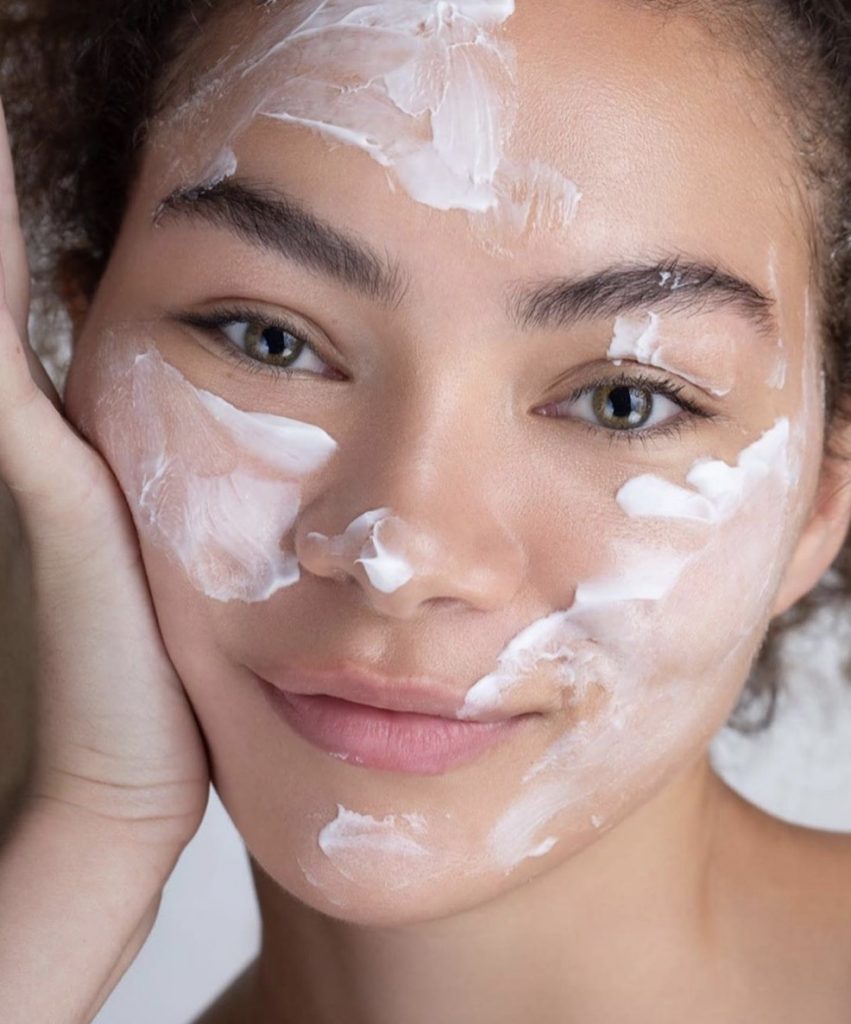
Chances are, you have used formaldehyde in high school to preserve dead animals in science class, and sadly, it’s often used as an ingredient in many cosmetic and skincare products to help prevent bacteria growth. Again, this might sound like a good thing, but formaldehyde is also a carcinogen, and it is linked to asthma, neurotoxicity, developmental toxicity, and even a risk of cancer.
Most commonly found in: Nail polishes, nail hardeners, eyelash glues, hair gels, soaps, makeup, shampoos, lotions, and deodorants
Lead
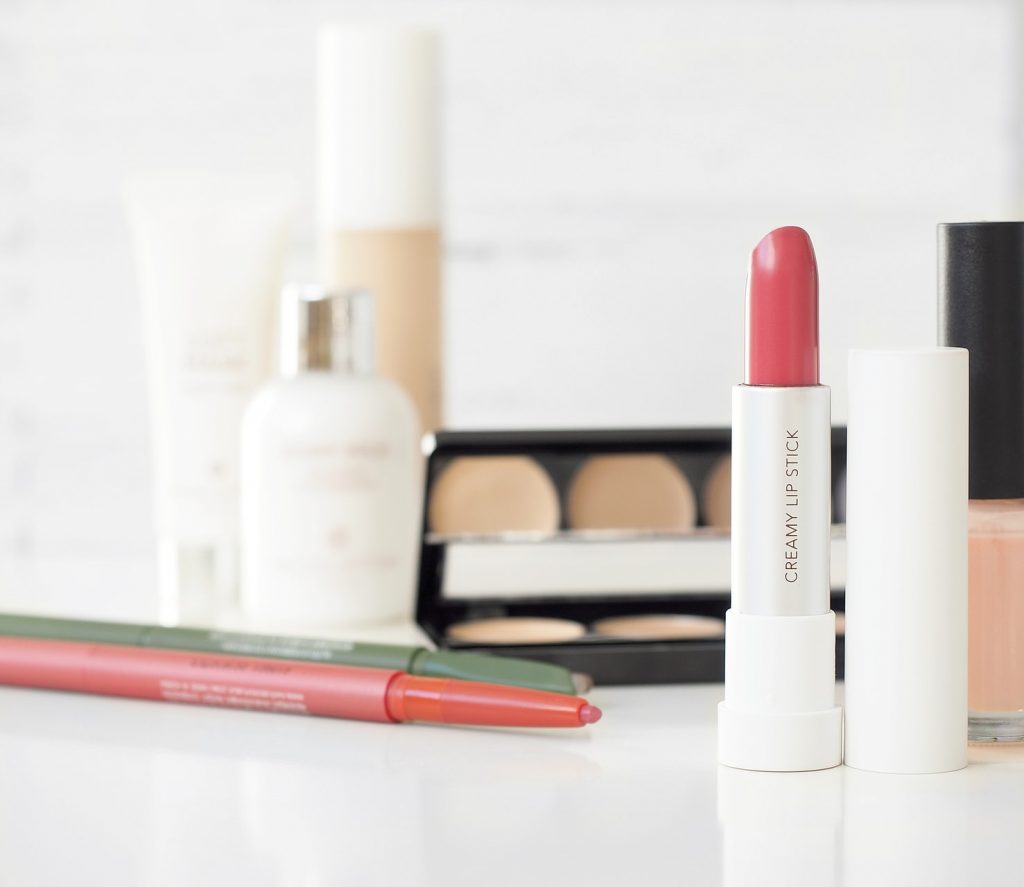
Lead is a bluish-gray, heavy metal that occurs naturally in the Earth’s crust and is present in trace amounts in the environment, in numerous foods, and in some natural products, according to Cosmetics Info. While lead is never intentionally added as an ingredient or as an additive to beauty products, since it’s a naturally occurring metal, small traces can still be found, most commonly in items like lipstick.
According to the FDA, exposure to lead from lipstick is mainly by swallowing, such as after a consumer licks their lips, so unintentionally, you could be ingesting small traces of lead without even realizing it. Lead is a neurotoxin and can be dangerous even in small doses. It has been linked to a number of health concerns such as learning, language and behavioural problems, reduced fertility, hormonal changes, menstrual irregularities, and the delayed onset of puberty in girls.
Most commonly found in: Lipstick and lipgloss
BHA & BHT
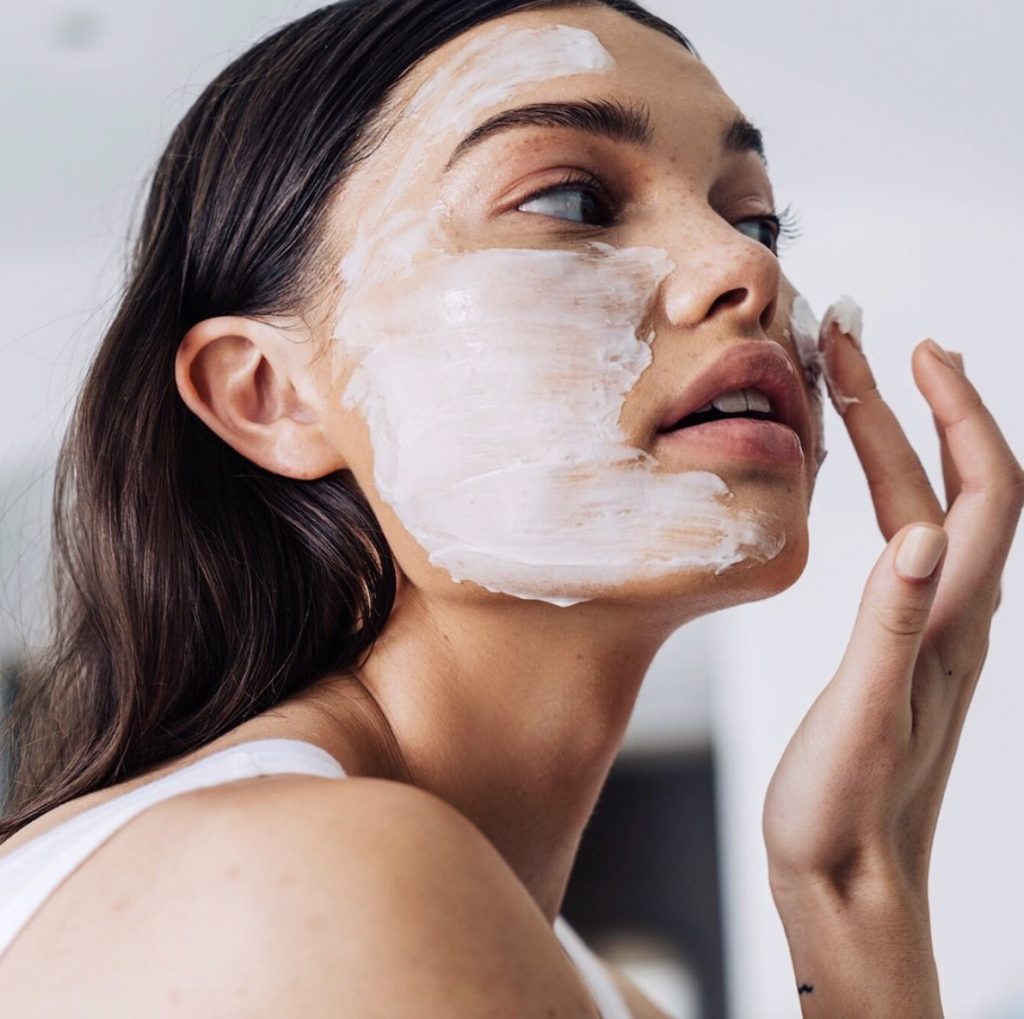
BHA (butylated hydroxyanisole) and BHT (butylated hydroxytoluene) are ingredients closely related synthetic antioxidants, and are commonly used as preservatives in lipsticks and moisturizers, among other cosmetics to extend shelf life, according to the David Suzuki Foundation. When absorbed by the skin, BHA and BHT can induce allergic reactions and are possible human carcinogens.
Most commonly found in: Lipsticks, moisturizers, and other cosmetics
Articles You May Be Interested In:
20 Drugstore Skincare Products That Are Just As Good As High End
12 Of The Best Holiday Beauty Gift Sets To Buy
I Tried Cheap & Expensive Skincare To See If Price Really Matters
15 Hydrating Beauty Products To Have On Hand This Fall & Winter
6 Beauty Brands To Try If You Have Sensitive Skin
